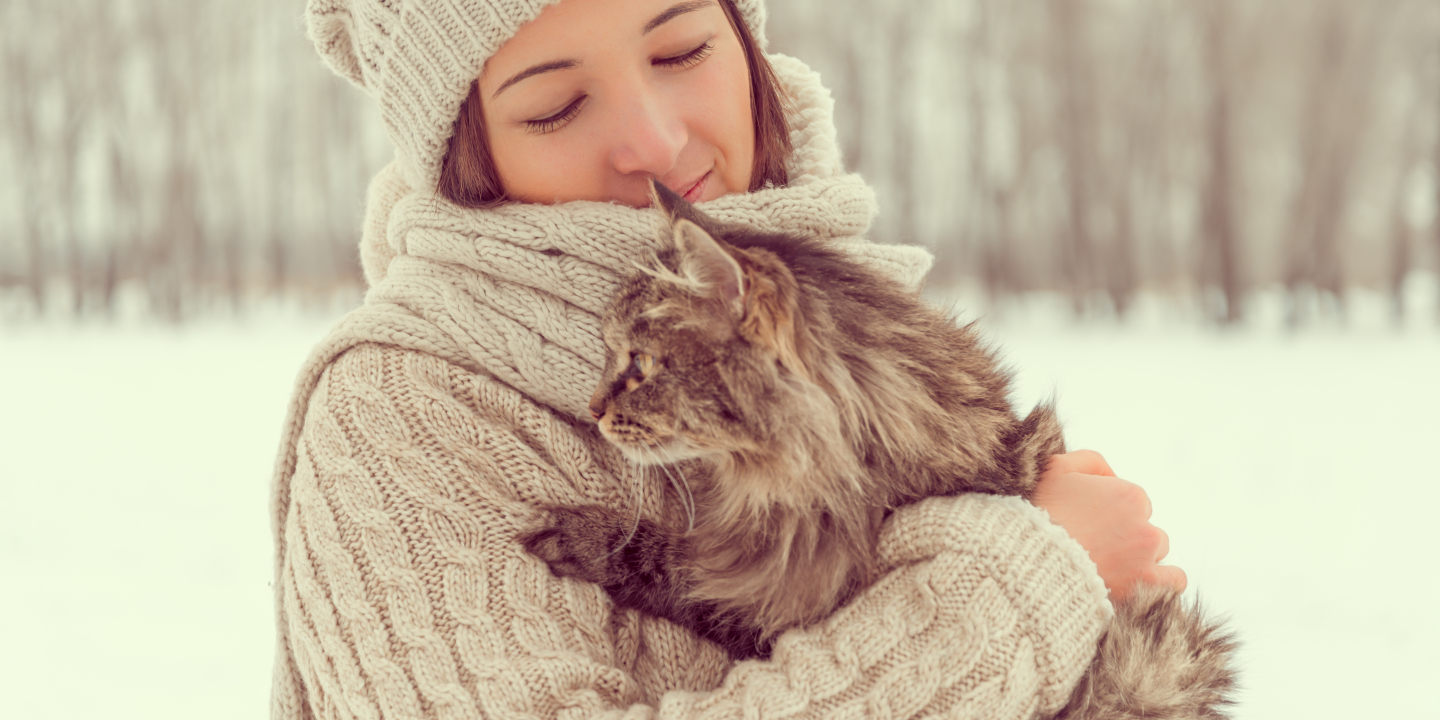Hepatic Lipidosis
A cat’s liver is large by comparison to its other internal organs, and the array of life-supporting tasks that it carries out is gigantic. This vital organ is divided into several separate sections (lobes), each of which comprises thousands of tiny structural and functional units (lobules), which are made up of cells called hepatocytes. Among its vitally important functions, the liver plays an indispensable role in the digestion of food and supplies a cat’s energy by storing and releasing a carbohydrate called glycogen. The liver synthesizes proteins and certain fats (triglycerides); stores vitamins; manufactures bile (a fluid needed for absorbing fats and facilitating digestion); reduces the poisonous properties of toxic chemical compounds; and manufactures a variety of important hormones.
Unfortunately, a frequently diagnosed ailment called hepatic lipidosis can severely impair the health and proper functioning of a cat’s liver and, if not promptly reversed, can be fatal. This condition—also known as fatty liver syndrome—occurs when triglycerides accumulate within the liver cells and obstruct the organ’s function.
“For some unknown reason,” explains Sharon Center, DVM, a professor of medicine at Cornell University’s College of Veterinary Medicine, “cats have a notable tendency to accumulate triglycerides in their hepatocytes, and when these cells become filled with fat, the liver is unable to function properly. If not rescued promptly from the disease, affected cats don’t just end up with deformed livers—they die!”
In more than 90 percent of cases, says Dr. Center, hepatic lipidosis is a secondary consequence of some other underlying condition, such as obesity, diabetes, cancer, hyperthyroidism, pancreatitis, kidney disease, or another type of liver problem. In any case, the emergence of hepatic lipidosis is almost always accompanied by or preceded by the onset of anorexia—a cat’s nearly total avoidance of its food. This can occur in cats that otherwise appear to be normal and healthy as well as in those that are seriously overweight. In a healthy, properly eating cat, consumed fat is efficiently broken down in the liver and exported throughout the body to supply the nutrients required for all of an animal’s life processes. But in the anorexic cat, excessive amounts of fat move to the liver from storage areas throughout the body to compensate for the lack of fat that would normally be consumed via its food. The liver is unable to process this excessive intake of fat, and so it collects in the animal’s liver cells.
“I’ve seen the condition in cats of all ages—from three months to 25 years of age—and with all sorts of body conditions,” says Dr. Center, “but the incidence of it seems much higher in obese cats.”
Afflicted cats become reclusive, says Dr. Center. “They will avoid their food bowl—won’t even go near it—as if they’re scared of it,” she notes. “In fact, when they see it, they might move away quickly and just sit there salivating. Also, they may become jaundiced—there’s a yellowish tinge to the skin in their ears and to their gums.”
If the condition is suspected, the tentative diagnosis will be confirmed by a thorough physical examination, various blood tests, analysis of liver tissue samples, and possible ultrasound imaging. “The liver will be clearly enlarged,” says Dr. Center, “and there will be characteristic blood changes.”
Most important in veterinary care, says Dr. Center, is to nourish an affected cat immediately by means of intravenous nutrients, give it vitamins, and get food into it by means of a stomach tube. At the same time, it is crucially important to identify the underlying condition responsible for hepatic lipidosis and to initiate appropriate therapy for that condition without delay.
If a cat is successfully treated for early-stage hepatic lipidosis and sent home—which can take place in just a few days—its owners will have to continue tube-feeding it, usually for a month or so. Although the condition is likely to be fatal if not treated promptly, says Dr. Center, cats that manage to survive an episode of the disorder rarely relapse.




